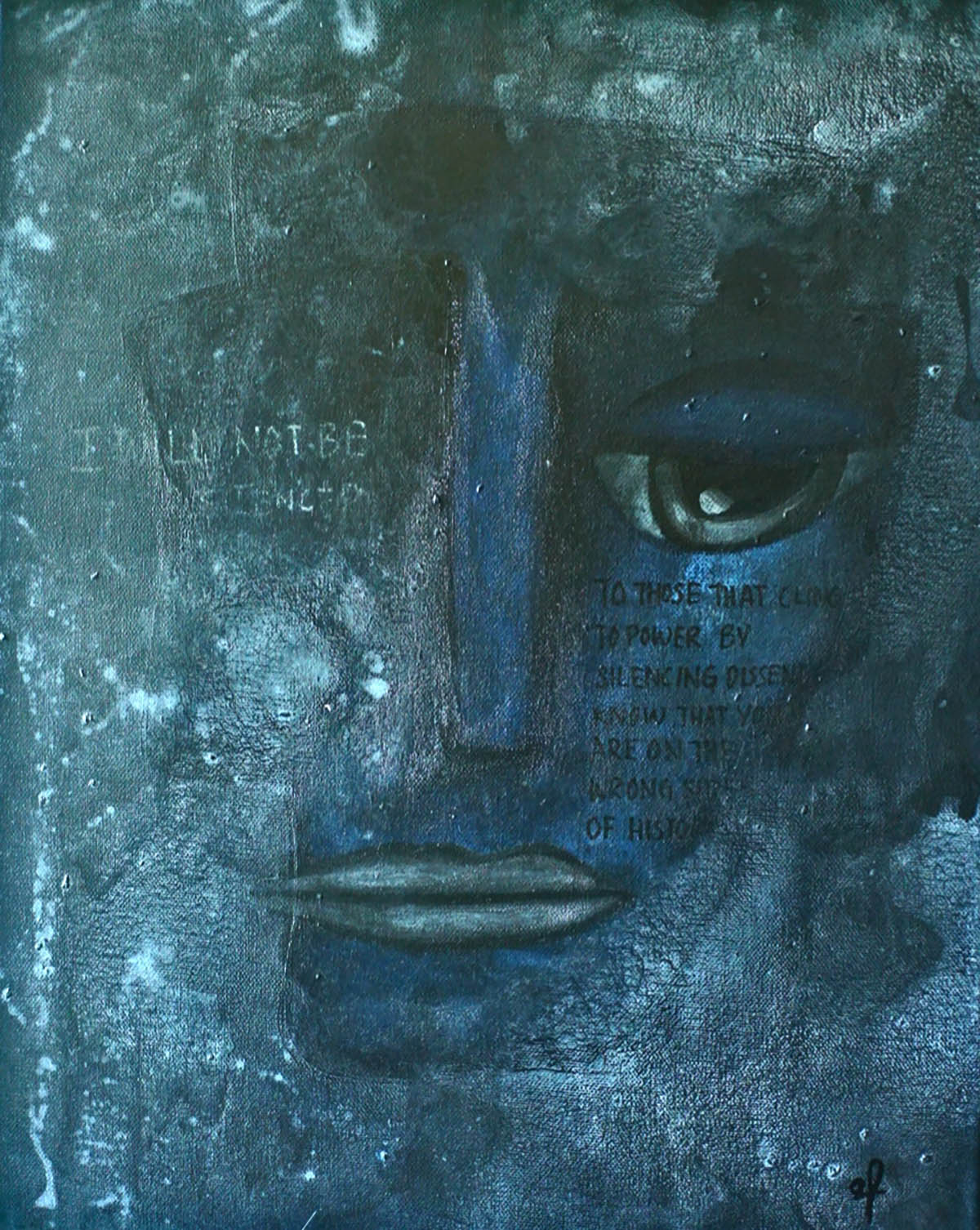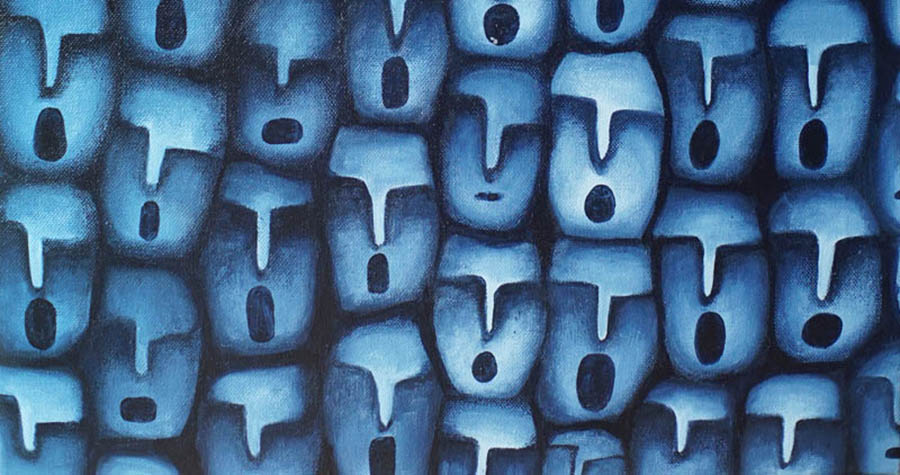M Gallery, CICA Museum
September 25 – 29, 2024
2024.09.25-29
Pendatang (immigrant)
Growing up as a minority of Indian ethnicity in Malaysia that openly practices discrimination, we grow up trying to fit in, thinking at some point we will be accepted. Yet 150 years later, we are still called Pendatang (foreigner/ immigrant).
In Malaysia, the majority including the elite get discounts for housing
In Malaysia, educational affirmative action favours the majority
In Malaysia, the majority receive preferential treatment for government jobs and more.
The exhibition is about the discrimination in policies, racism, housing, education, economic opportunities, criminal stereotyping, custodial deaths and more, we (ethnic Malaysian Indians) face as minorities in Malaysia. Often when we voice out against the discrimination, we are told to shut up. We are also called Keling, a slur that is used to describe us as dirty, black, smelly, snake, non trustworthy and more.
During the British colonial era, which lasted from the late 18th century until Malaysia’s independence in 1957, Indians were brought to Malaysia as indentured labourers to work in rubber plantations. One of the most notable manifestations of systemic racism in Malaysia is the British colonial policy known as “divide and rule.” labourers were separated by ethnicity and treated and paid differently by skin colour.
Colonisation not only continues to affect us systematically but also physically. The British introduced white rice, white flour and sugar into the countries it colonised. Only recently, nearly 180 years later, it has been discovered that those 3 foods are toxic to South Asians due to our bodies adapting to famine due to colonisation.
Under the British Raj there were 31 famines in 120 years. These famines altered South Asians genes. Many of the long-term health effects is due to the Thrifty Gene Hypothesis, which suggests that carriers of ‘thrifty genes’ were able to better survive famine due to their increased capacity for fat storage. Today, populations who adapted to carry these genes, which would aid their survival during periods of famine, are more likely to experience obesity, type 2 diabetes and heart disease.
This exhibition is a visualisation of our history and how it continues to affect us. Because of our genetic ancestry from India, generations of our families are still affected by colonisation. OUr bodies are still colonised.
Visithra Manikam is a self-taught Malaysian woman visual artist and photographer from Kuala Lumpur, Malaysia. She paints both expressionism and pop art/ surrealism in the modern Indian art style and creates acrylic paintings, digital art, animations, glitch art and sculptures.
Based in Malaysia, she credits NFTs for introducing her art to a wider global audience and opportunities. Through NFT platforms, her art began to be collected globally including by prominent digital art collectors such as Cozomo De Medici (The Medici Collection).
She’s the first Malaysian visual artist to be featured on Times Square, New York Billboards in 2022.
Her art has been exhibited in Los Angeles, New York, Cochin, Liverpool, UK, Dubai, Tokyo, Osaka, Mumbai, Seoul, Yogyakarta, Jakarta, Taiwan, Berlin, Moscow and more.
Her art focuses on human behaviour and experiences which she explores through psychology, eastern philosophy and symbolism. She also focuses on subjects such as racism, colourism, feminism and social issues.
She was a speaker at NFT NYC 2022. She was named one of Asia’s Most Influential in 2022 by Tatler Asia

